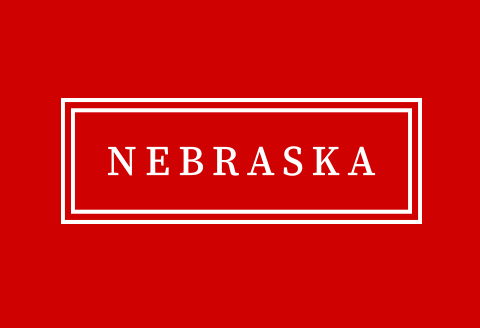Agricultural Economics, Department of

Department of Agricultural Economics: Dissertations, Theses, and Student Research
First Advisor
Azzeddine Azzam
Second Advisor
Karina Schoengold
Date of this Version
2010
Document Type
Dissertation
Citation
A dissertaton presented to the faculty of the Graduate College at the University of Nebraska in partial fulfillment of requirements for the degree of Doctor of Philosophy
Major: Agricultural Economics
Under the supervision of Professors Azzeddine Azzam and Karina Schoengold
Lincoln, Nebraska, June 2010
Abstract
This dissertation studies environmental regulation issues in the hog production industry as well as forces behind the reorganization of the industry during the past two decades. Federal and State-level environmental regulations imposed on U.S. hog production during the year 2003 are examined in Chapter 1. Based on the number of regulations passed by the Federal government and states, the 2003 regulatory index is constructed. The regulatory stringency index suggests that state-level regulations vary across states and have increased over the years. In addition, state-level regulations are more stringent than federal regulations. Chapter 2 develops an empirically implementable theoretical model which allows us to investigate the long-run effects of environmental regulations on the U.S. hog industry. Hog feeding operations (HFOs) are divided into large feeding operations (LHFOs) and small feeding operations (SHFOs). The impact of the presence of a large number of LHFOs on the entry and exit of CHFOs is also examined. Results of this study suggest that: Increased state-level regulation stringency significantly lowers the output of SHFOs; increased state-level regulation stringency significantly lowers the output of LHFOs; increased state-level regulation stringency significantly lowers the number of SHFOs; SHFO output rises significantly in states that have a greater number of LHFOs; LHFO output rises significantly in states that have a greater number of LHFOs; the number of SHFOs significantly increases in states that have a greater numbers of LHFOs; regulation increases the average SHFO size; and regulation decreases the average LHFO size. Chapter 3 examines the importance of input availability, market attractiveness, agglomeration economies and environmental regulations on the reorganization of U.S. hog production for a panel of 22 U.S. hog producing states which include, Northern states, Southern states and Midwest states for the period 1994-2006. Results from this study suggest that: Hog production in a state is positively affected by hog production in a nearby state, confirming the presence of agglomeration economies; Environmental regulations and high corn price have negative effects on state-level U.S. hog production; High hog prices, and favorable labor cost, and land values attract hog production; and transportation cost has no effect on hog production. Advisors: Azzeddine Azzam and Karina Schoengold


Comments
Copyright 2010, Gibson Nene